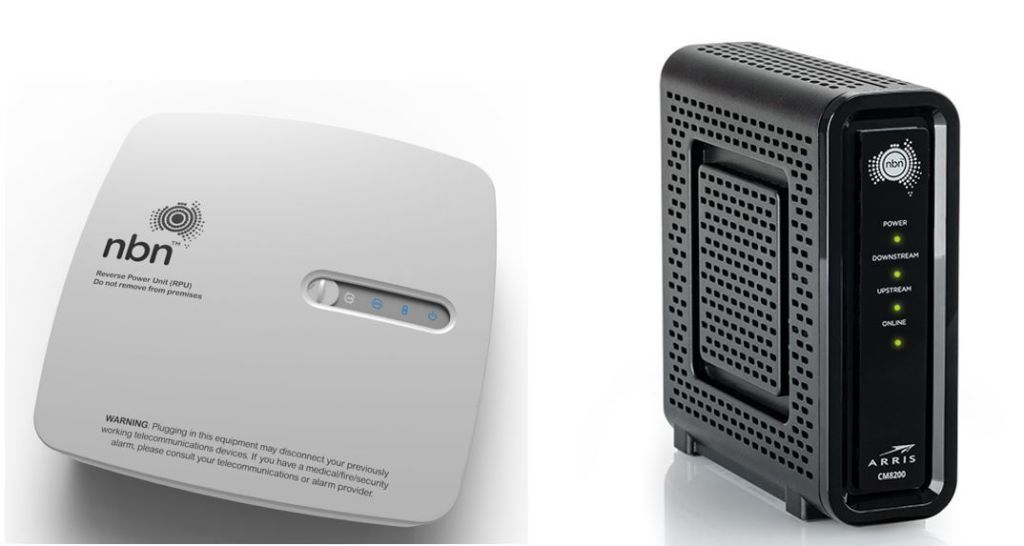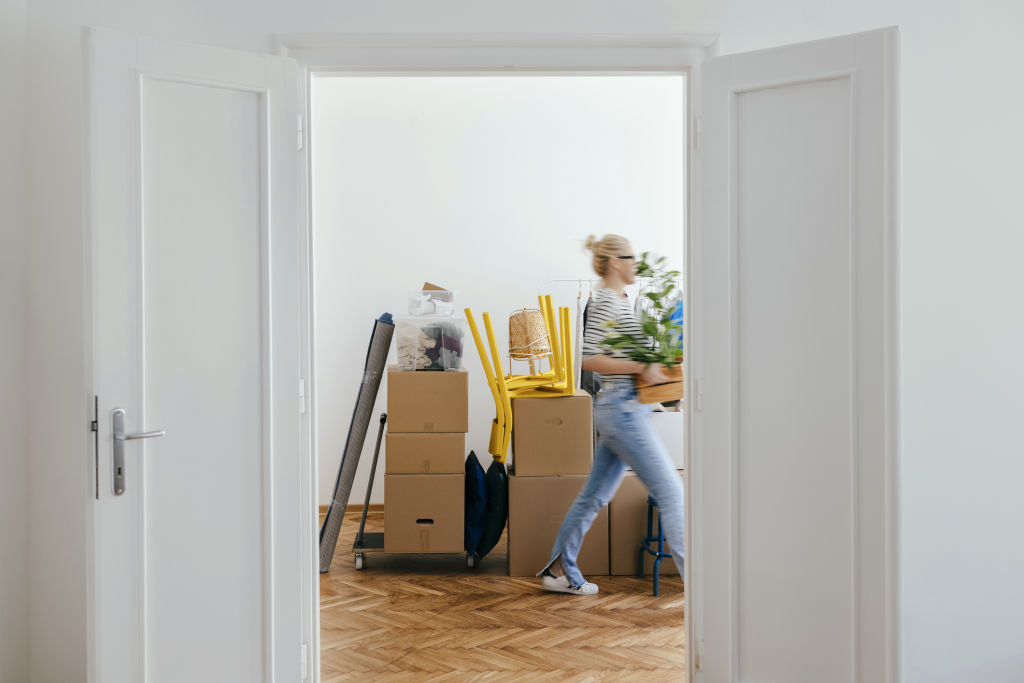What you can and can’t take with you when you move house

Despite a year of rapid interest rate rises, Australians’ enthusiasm for owning property remains strong, with a reported 730,000 sale settlements recorded nationally in 2022 and keen buyers continuing to find gems in 2023 despite the clouds of recession looming.
With so many sets of house keys changing hands, it’s worth reminding property sellers about what they are legally entitled to take with them when they pack up and move, and what they need to leave behind – from curtain rods to internet connection equipment.
Barry Plant’s Indianna Allen explains that unless a sales contract specifically says otherwise, a property is to be left “in the same condition as when it was sold”.

This, she says, means handing over the property in a clean and tidy condition, while ensuring you’re leaving behind any fixed items – anything physically attached to the building that can’t easily be taken away without damaging the property.
Secure floor coverings, blinds, curtains, wired-in light fittings, ceiling fans, built-in bookshelves and plumbed-in sprinkler systems all typically fall within this category. As do most kitchen appliances, including the stovetop, range hood and ceiling fans, Allen says.
Robertson Conveyancing’s Carolyn Taylor says some household items do create confusion among buyers and sellers alike.
“A dishwasher can be a grey area because although it appears to be fixed, it is often a free-standing unit under the kitchen bench,” she explains. “Items that need to be negotiated are things that look as though they would remain with the property, for example, a wall unit that may appear to be built in but is actually free-standing.”

With the ever-increasing popularity of outdoor kitchen and entertaining areas, Taylor says it would be wise for both buyers and sellers to clearly set out what goes and what stays put.
“A buyer might expect to see all items remain, while a seller could be expecting to take the barbecue and bar fridge,” she warns.
It’s not uncommon for vendors to want to take specific items with them when they leave, Taylor says. But for those hoping to dig up a particular tree from the garden or dismantle a favourite chandelier, all exclusions must be clearly outlined in the contract of sale.
Some things can be negotiated after the sale takes place, Allen explains, once the positions of both buyer and seller are better understood. This may include larger articles that require further packing up or dissembling – trampolines, swing sets or basketball rings, which, depending on the buyer and their situation, Allen says can prove “a win-win for both parties”.
One, perhaps unexpected, item to cause confusion is a property’s national broadband network (nbn) connection box, Taylor says.
“The nbn box is something that sometimes gets taken by the seller, without realising the requirement that it stays with the property,” she says. “Often, when the seller moves into [their new property], they discover that the nbn box should have been left at their old home.”

NBN Co’s executive general manager of new developments, Andrew Walsh, says it’s an issue the company is keen to illuminate, with approximately one-in-10 connection boxes being mistakenly removed from the properties they are designed to service. The implications, he explains, are many.
“It does happen a lot more frequently than we would like, and a number of issues arise when it does,” Walsh says.
“For starters, anyone moving into a new home or business premise wants to get their nbn-powered service up and running as fast as possible, and if the prior occupant does take that connection box with them, it makes it much harder for the new occupant as they must then wait for new equipment to be shipped out.”
Walsh says that because each box is registered to service a specific address, it will not connect at a new location.
“Whether freestanding or bolted onto the wall, the nbn connection box is registered to each specific unique address. If it is moved to a new address, it actually won’t work, so it really should stay there,” he cautions.
“The unintended impact of someone accidentally removing the connection box, once realising it won’t work at the new address, is that it ends up in the bin, creating e-waste, and as an organisation that is committed to a more sustainable future, we don’t want these devices ending up in landfill.”

Luckily, there is an easy way to remedy this mistake. Anyone who has removed a connection box from a previous address can post it back to NBN Co free of charge through Australia Post, Walsh says.
“We understand that moving house is often a chaotic experience,” he says. “But we have a simple system in place for people to be able to return the box at no charge, and often we can refurbish and reuse it, which is a far better result for the environment.”
Ultimately, it all comes down to communication, Allen says. If in doubt, check with your real estate agent.
“It’s crucial to communicate with your agent earlier rather than later if you want to take something with you once the property sells,” she says. “Transparency is key; it’s vital to be on the same page.”
Taylor agrees. “Negotiations sometimes need to be undertaken at the eleventh hour to find a solution suitable to both parties,” she says. “Assuming that certain items can be taken or will stay put is the biggest mistake you can make.”
We recommend
We thought you might like
States
Capital Cities
Capital Cities - Rentals
Popular Areas
Allhomes
More










